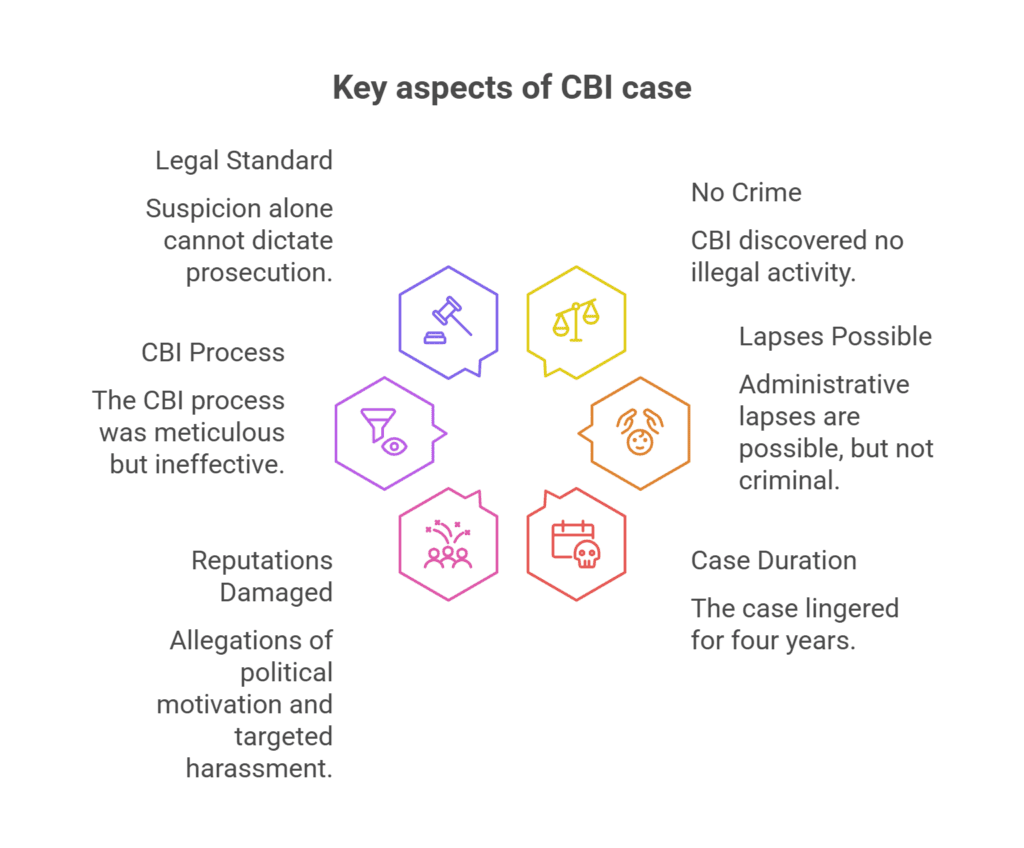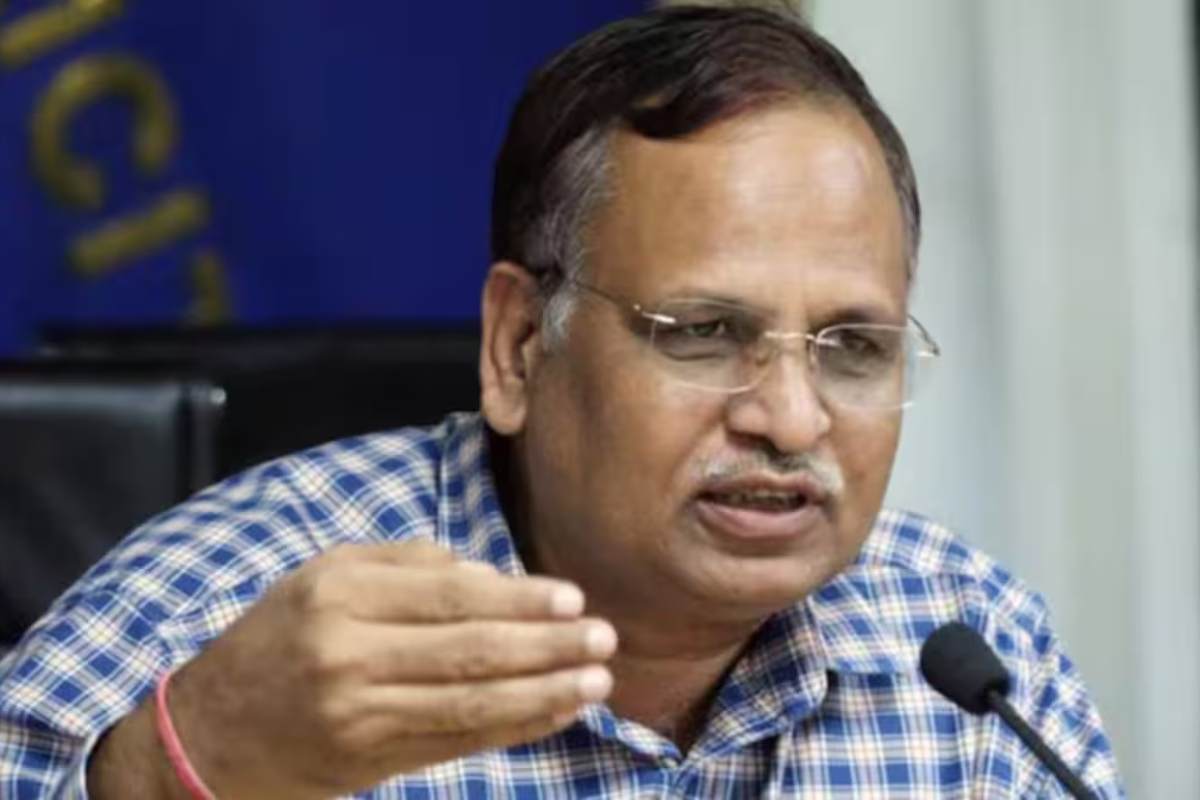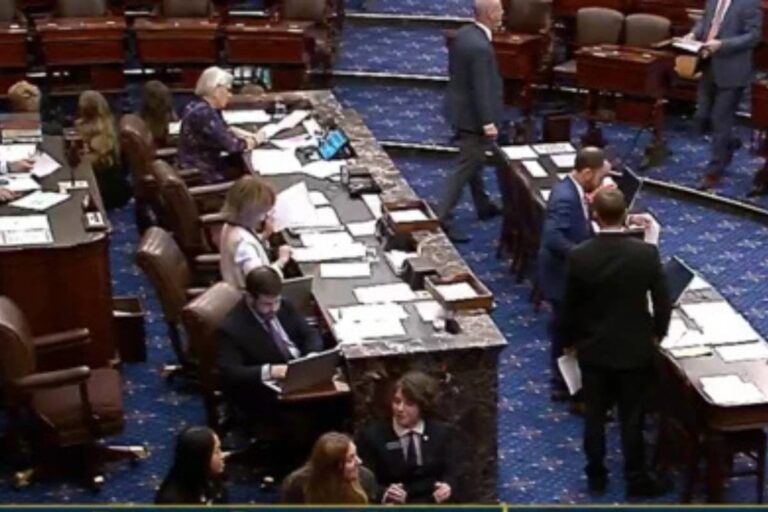In a story that’s wound its way through Delhi’s corridors of power for over four years, a Delhi court has finally, decisively, brought closure to a high-profile corruption case. The Central Bureau of Investigation (CBI), after a long, sometimes controversial probe, has found no evidence of wrongdoing against Satyendar Jain, a senior leader of the Aam Aadmi Party (AAP) and former Delhi Public Works Department (PWD) minister. The court accepted the CBI’s closure report, marking a major, if anticlimactic, turning point in a saga that’s seen political mudslinging, headlines, and, of course, months of speculation.
Who is Satyendar Jain, and Why Was He Under the Microscope?
If you’ve been following Indian politics, those names, Satyendar Jain, Aam Aadmi Party, Public Works Department, likely ring a bell. Jain isn’t just any politician. He’s a key figure in AAP, the party that’s shaken up the old guard in Delhi since 2012. As PWD minister, Jain found himself at the center of a storm: allegations that, under his watch, the hiring of 17 professionals for the department’s “Creative Team” was done outside government norms. This, the complaint claimed, breached recruitment procedures and raised serious questions about intent, legality, and ethics.
The Origin: Allegations That Sparked a Probe
So, what was the case really about? Let’s break it down:
- Who Complained: The Directorate of Vigilance, Delhi Government.
- When: An official complaint was filed in 2018, and a formal FIR was filed in May 2019.
- The Core Allegation: Jain and several PWD officials bypassed official recruitment rules, outsourcing the hiring of 17 consultants through a private agency. Not just that, the complaint insisted, their payments were even charged to completely unrelated projects (think: creative team wages showing up on infrastructure bills for projects like Barapulla Phase-III).
- The Legal Issues Raised: Alleged illegal hiring, misallocation of funds, and possible breach of the Prevention of Corruption Act, 1988.
The Investigation: Four Years, But Then, Nothing
Funny thing is, investigations like this often drag on, and drag on they did. Four years flew by. But when the dust settled, the CBI had to admit: there was simply nothing, legally speaking, to hang a case on.
- CBI Findings: After combing through interviews, documents, and the finer points of governmental procedure, the CBI concluded that yes, there were some administrative oversights, but no criminal intent, no evidence of bribery, personal gain, or even a conspiracy.
- Transparency in Hiring: Contrary to the sensational claims, the CBI found that the hiring was, in fact, transparent. Over 1,700 applications came in. The urgency was due to, among other reasons, a 50% vacancy rate for architects at the time, Delhi’s PWD needed professionals fast, and traditional channels just weren’t cutting it.
- No Loss to the Exchequer: Crucially, there was no finding of wrongful loss to the government.
What the Judge Said: More Than Just Technicalities
Let’s pause for a second and quote from the actual decision (because these lines matter):
“No material exists to suggest any criminal intent or conspiracy. The law requires more than mere suspicion to justify charges, and such proof is completely absent here.”
Judge Dig Vinay Singh didn’t mince words; suspicion, he said, is not enough. Nor is administrative oversight. What you need to move forward is evidence, and the CBI simply couldn’t provide.
Putting the Claims to Rest
- Not Criminal, Maybe Careless: Sure, administrative errors might have happened. (If you’ve ever worked in a big government department, you know paperwork can get sloppy.) But the point is, the errors, if any, did not meet the threshold for criminal prosecution.
- Section 13(1)(d) of the Prevention of Corruption Act: No grounds for charges, according to the court.
- Criminal Conspiracy: None found.
The Political Fallout: More Than Just Law, It’s About Reputation
And here’s the kicker: criminal accusations come with a price, even when you’re cleared later on.
- AAP and Satyendar Jain: The Aam Aadmi Party had long argued that the case was a political hit-job, engineered to tarnish Jain and, by extension, the party’s image.
- Delhi Politics: The timing was, if we’re honest, hard to ignore. The case first took flight after reports and complaints from opposition figures, especially then-Leader of Opposition Vijender Gupta and Delhi’s Lieutenant Governor. AAP called it political harassment; the opposition called it accountability.
Here’s how the courtroom drama played out in public:
- Emotional Toll: Jain and AAP leaders were quick to highlight the stress and reputational damage caused by the charges, especially given that Jain even spent time in jail during other investigations.
- Demand for Accountability: Following the closure, AAP pressed for investigations into those responsible for filing the original complaints.
No Stone Left Unturned: What Exactly Did CBI Examine?
From the outside, CBI probes can appear like black boxes, but court filings and reports offer a rare peek inside:
- Documents and Statements: The agency reviewed paperwork, internal memos, and statements from officials in charge at the time.
- Nine Key Allegation Areas: These touched on the need for consultants, proper process, any possible manipulation of eligibility criteria, financial authority, and, critically, whether any illegal gain was made.
- Transparency in Recruitment: Despite the initial FIR claiming the private agency may have been favored via “deliberate manipulation” of the tender, the CBI found the process competitive, and the need for quick hiring justified given the acute bureaucratic shortage.
- Nature of Allegations: After extensive review, the CBI determined that at worst, there may have been “administrative lapses,” not criminal conduct.
Did Anyone Lose Money? Was Anyone Favored?
No. The conclusion, and this is key for public trust, was that neither the government nor the public lost resources as a result of these hires. Nor did Jain, or any associates, benefit improperly. So, no “pecuniary gain,” no “wrongful loss to the government exchequer” , the most critical legal terms in matters like these.
What About the Critics? Did Anyone Challenge the Clean Chit?
They tried. The Delhi Vigilance Department protested the closure, arguing that the CBI had based its conclusions too heavily on statements from the accused, neglecting documentary evidence. But, after legal review, the court disagreed.
- No “Strong Suspicion”: Even to press formal criminal charges, the court underlined, you need more than hunches.
- Room for Reopening: If new facts come to light? The CBI and the courts, the judgment clarifies, reserve the right to reopen the investigation. That’s standard procedure, of course, and keeps the legal door ajar for any future revelations.
The Broader Context: Why This Case Mattered for Delhi, and Indian Politics
Let’s zoom out for a second:
- Hiring in the Public Sector: The urgency to fill posts in Delhi’s PWD wasn’t fictional. With major infrastructure projects on the horizon and a chronic shortage of professionals, the stakes were high.
- Political Oversight: The case became a lightning rod for broader battles about the role of central investigative agencies, state versus central government politics, and alleged misuse of anti-corruption laws for political ends.
- Public Trust: The optics of a high-ranking minister under investigation weigh heavily on public trust , and, more importantly, the functioning of city departments reliant on swift, technical recruitment.
Key Takeaways for Readers

- No Crime, No Conspiracy: CBI found no evidence of illegal activity in the 2018 hiring of PWD consultants.
- Administrative Lapses: Possible, but not criminal.
- Four Years, Many Headlines: From 2019 to 2023, the case lingered, raising questions, but ultimately not convictions.
- Reputations Damaged: Jain and AAP allege the case was politically motivated, and are demanding accountability for what they say was an episode of targeted harassment.
- CBI Process: Meticulous (if long), but in the end, incapable of proving any criminal wrongdoing.
- Legal Standard: Suspicion alone, the court reminded us, can’t dictate prosecution; evidence, not innuendo, is king.
What’s Next for Satyendar Jain, And Indian Governance?
Satyendar Jain walks away with his record cleared, at least on this front. But the road ahead for AAP, and indeed for anyone navigating the labyrinth of Indian political and bureaucratic accountability, is far from smooth. The closure of this case may set a precedent for how similar, politicized allegations are treated; it may also reinforce the need for clear, transparent hiring policies in government departments.
Meanwhile?
The CBI, as ever, keeps its files open. If any new proof arises, if, say, a whistleblower sends in more than just rumor, the agency and the courts can start the wheels of justice rolling all over again. But, for now, this chapter is closed.
Fast Facts, The Satyendar Jain Case, At a Glance
| Category | Details |
| Accused | Satyendar Jain (AAP, ex-PWD Minister, Delhi) |
| Allegation | Irregular hiring of 17 consultants, misuse of funds |
| Year Case Filed | 2018 (formal FIR in May 2019) |
| Investigating Agency | Central Bureau of Investigation (CBI) |
| Court | Rouse Avenue Court, Delhi |
| Judge | Dig Vinay Singh |
| Key Law Invoked | Prevention of Corruption Act, 1988 |
| Outcome | CBI found no criminal evidence/admin lapses only |
| Case Status | Formally closed (2025) |
| Reopening Possible? | Yes, if credible new evidence surfaces |
| Political Context | High; AAP alleges political targeting |
The Final Word
For years, the story simmered: allegations, denials, investigations, and political blame games. Yet, for all the noise, what mattered in the end was evidence, or rather, the lack of any credible proof of criminal wrongdoing. Satyendar Jain’s name is cleared (at least in the PWD hiring matter), but the real lesson may be how such extended, high-profile probes can shape, and sometimes damage, Indian public life, even when nothing illegal is proved. That’s justice, for better or worse: slow, thorough, and, this time, conclusive.






















